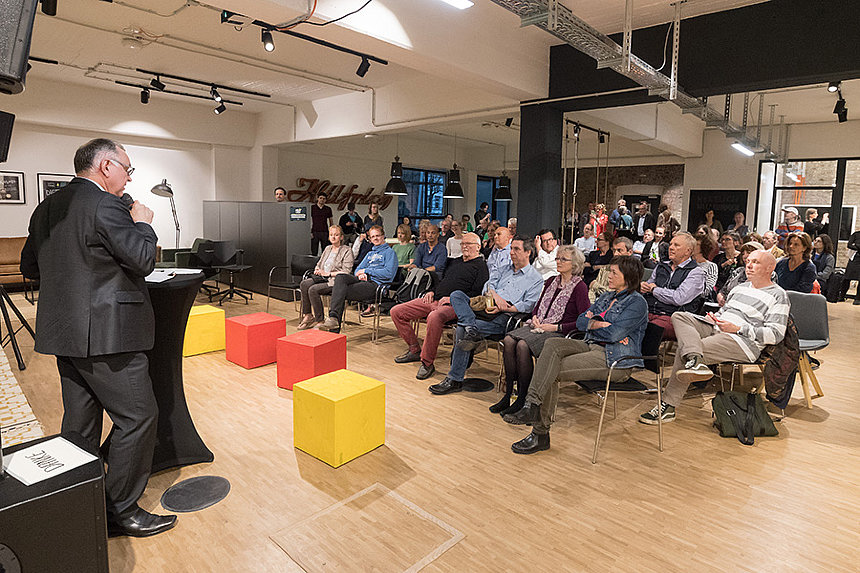Johann - 9. April 2019
Wieso, Weshalb, Warum?-Arrenberg-Forum

Hier bekommt ihr alle Antworten zu euren Fragen – und noch mehr!
Am Donnerstag, den 11. April findet ab 19:00 Uhr das alljährliche Arrenberg-Forum vom »Aufbruch am Arrenberg e.V.« statt. Diesmal stellt der Verein euch in den Räumlichkeiten der »Alten Weberei« seine Vereinsarbeit vor. Ihr wollt wissen, was bisher passiert ist und was noch passieren wird? Dann kommt vorbei und informiert euch aus erster Hand über alle aktuellen Projekte! Der Eintritt ist natürlich frei!




























